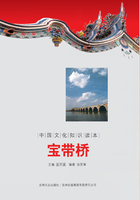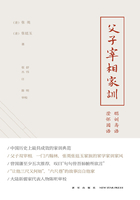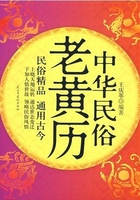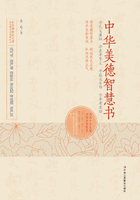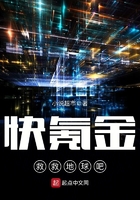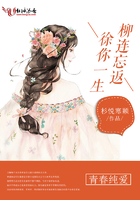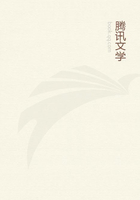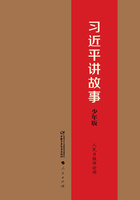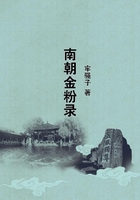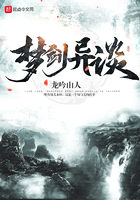Thus, the technology of porcelain baking was taken to Japan. On the other hand, Chinese artisans also went abroad to teach the skill there. R. Lemay, who has made much research on Thais porcelain, thought that a group of Chinese pottery artisans have gone to Siam during the period of Sukhotai. After the 15th century, another group of oversea Chinese in Thailand brought the pottery baking skill there. At the same time, Korea succeeded in baking blue and white porcelain under the influence of China. Vietnam also asked Chinese artisan to help them to do it.These porcelains, made or instructed by Chinese artisans, had the color, decoration, design, style which is similar to that of China. The stylization had already formed in the time when some counties just introduced the skill of making earthenware. Wares in imitation of the Chinese recall the tradition that Chinese potters came to Siam during the Yuan period. Annamese wares were decorated somewhat in the Chinese manner in a greyish underglaze blue. Some of IndoChinese wares are somewhat difficult to identify, even for the specialist.
Afterthe 11th century, a lot of blue glazed wares produced in Syria, Persia and other countries were evidently modeled on Chinese celadon. After the 14th century, the imitation on Chinese blue and white porcelain (in Yuan D.) was succeeded and they were able to produce all by themselves (in Ming D.) .
The influence of Chinese porcelain in Asia lies not only in spreading implements or the technology but also in the level of understanding, absorbing and spreading the Chinese culture by way of decoration of Chinese porcelain, imitation of shape.
Chinese long history and profound cultural content were fully expressed by the decorative pattern on the porcelains surface. Chinese exported porcelain embodied the feature of Chinese national culture, except that some of them were made or ordered according to the decorative style and the feature of moldmaking craft in the place where the porcelain products were sold. Chinese famous mountains, great rivers, rich resources, historic person, popular legend, literary quotation, local conditions, customs, animal, plant, etc., were all pictured on the porcelain. Chinese long and splendid national culture and rich national resource were showed by the decorative pattern on the porcelain.
Among the porcelain products manufactured in Siam, Chinese traditional dragon and phoenix patterns were common. Taking a kind of vessel for an instance, it looks like a persimmon. Its handle on the cover was made like the stem of a persimmon. It was obvious that it was influenced by Chinese, for Siam didn"t produce persimmon. Korean porcelain jar with dragon pattern on its surface, and bowl with surface decorated with Shou(Long life) pattern (cf. the collection of Mr. Richard De La Mare), Annam porcelain pot with flowerleaf pattern (cf. The collection of Sir Oavid Home), were all modeled on Chinese porcelain. The art level of Annam porcelain copy was higher. The highnecked bottle with peony pattern, manufactured in 1450, might be compared favorably with Chinese imperial porcelain of the same time.The typical country copied Chinese porcelain was Japan. Dragon, phoenix, and unicorn were all used as the decorative pattern on the porcelain products, showing the same sense as Chinese. The dragon is not as popular as in China, but is still frequently used. Usually the Japanese dragon is threeclawed, although four or five claws are not unknown.The Japanese Rakan, Kwannon and Hotel could be originated from the Chinese Lohan, Kuan Yin and Pu Tai Hoshang respectively. G. Savage said, ”The socalled "Hob in the Well" Pattern of Chelsea, which was derived from the Sung legend of the boy, Suma, who saved a small friend from drowning in a large fish bowl by breaking it with a stone, is typically Kakiemon in style.
Besides the copying of Chinese porcelain, Japanese blue and white porcelain often used Chinese imperial title, such as Xuede, Chenghua and Wanli, etc. Some producers name and lucky marks were also used.
The copying porcelain from Annam and Siam were well received in the Southeast Asia. Japanese copying porcelain were not only so1d in Asia but also in Europe. In fact, these copied or “reprinted” Chinese porcelain kept the Chinese porcelains model and style. Some were copied as the genuine, so that many countries accepted Annam porcelain without hesitation because they took them as Chinese porcelain, when Chinese exported porcelain decreased in the 17th century. The porcelains sale, which contained plentiful Chinese ancient culture, expanded the influence of Chinese porcelain in Asia. By the pattern on the porcelain and the model, many countries learnt Chinese rich resource, geographical feature, national customs, long historical culture and the interaction of culture between China and the other countries was promoted.
(泰国国际学术会议 “34th International Congress Asian and North African Studies” 会议论文)


